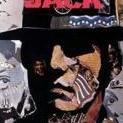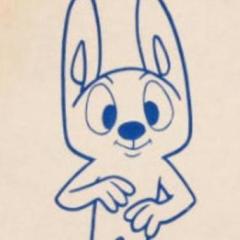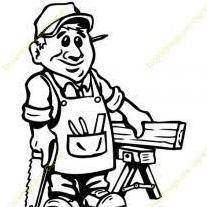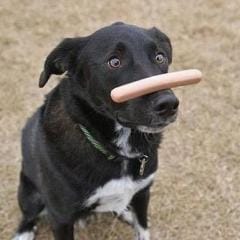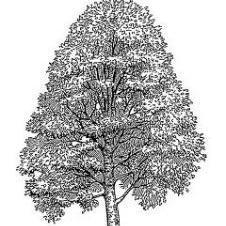The Shop
1,895 topics in this forum
-
- 25 replies
- 550 views
-
- 90 replies
- 7.7k views
-
- 15 replies
- 373 views
-
- 6 replies
- 749 views
-
- 5 replies
- 323 views
-
- 4 replies
- 449 views
-
- 31 replies
- 2.2k views
-
- 12 replies
- 628 views
-
- 16 replies
- 6.6k views
-
- 5 replies
- 763 views
-
- 20 replies
- 912 views
-
- 33 replies
- 29.1k views
-
- 7 replies
- 698 views
-
- 5 replies
- 539 views
-
- 5 replies
- 473 views
-
- 9 replies
- 675 views
-
- 7 replies
- 2.1k views
-
- 26 replies
- 1.5k views
-
- 17 replies
- 1.1k views
-
- 21 replies
- 1.2k views
-
- 16 replies
- 879 views
-
- 7 replies
- 622 views
-
- 7 replies
- 691 views
-
- 6 replies
- 766 views
-
- 9 replies
- 475 views
-
Who's Online 5 Members, 0 Anonymous, 58 Guests (See full list)
-
Forum Statistics
31.2k
Total Topics422.3k
Total Posts -
Member Statistics

